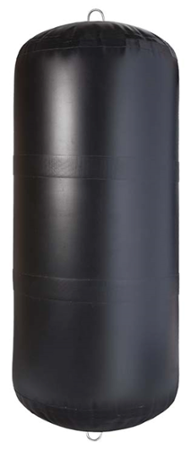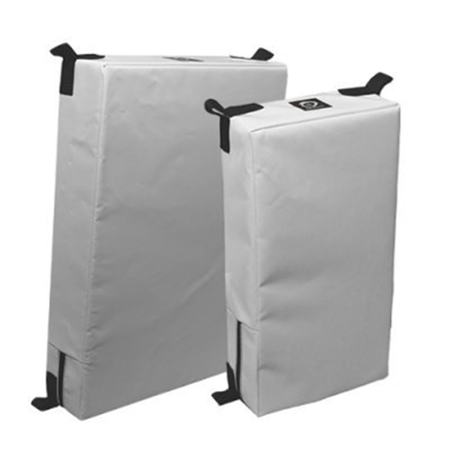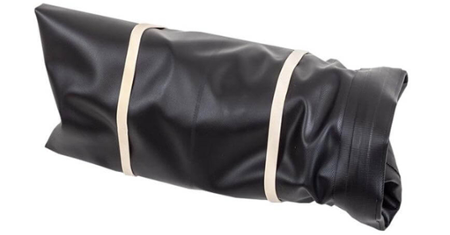
Boat fenders for those going offshore - how to compromise on weight and space? There are many challenges that come with offshore racing, but just from a mooring point of view alone it can be a nightmare. Many offshore races finish at locations that differ from their starting point, so it is important to take your docking equipment with you. However, when it comes to racing yachts, especially during offshore regattas, space and weight are rare commodities! So what are the factors to consider when purchasing fenders for an offshore racing boat? This blog will give you a basic comparison of the different types of boat fenders to consider for offshore racing.
Two important factors to consider when racing are weight and space, both of which are not necessarily the strength of traditional fenders, the main focus of which is on durability and sturdiness. Therefore the realistic choices of fenders for offshore racing are limited to two types: lightweight inflatable fenders and flat fenders.
Cylindrical inflatable boat fenders

Whilst cylindrical fenders are also the most common, lightweight inflatable versions are great for offshore racing since you can simply deflate them so they’re not taking away too much space down below. Especially when participating in offshore races that finish in marinas one hasn’t previously visited cylindrical fenders are great in terms of versatility as they can be used both vertically or horizontally to protect your boat from various different structures.
Flat boat fenders

Flat fenders are more and more common in the racing world and that for good reason. Most flat fenders are made out of lightweight foam with a PVC outer, which in combination with their shape leads to great stowing possibilities. They sit firmly on the hull without much movement offering great protection as well. Whilst not exactly a replacement for a mattress they can also double function as cushions – a welcome little comfort for some of the longer offshore races.
When comparing a flat fender to a cylindrical fender of similar dimensions we can get a better insight in the advantages of each:
| Outils Oceans (flat) | Fendress (cylindrical) | |
| Dimensions (cm) | 40 x 55 x 10 | 46 x 74 |
| Weight (g) | 850 | 3000 |
The flat fender is almost a third of the weight of the cylindrical fender. This demonstrates their popularity within the racing community. Considering you need at least two or three fenders, we are talking about a weight saving of around 6 kilos in fenders alone!
Nonetheless, when weight isn’t the foremost priority the Fendress has an ace up its sleeve!

When deflated it reduces to a fraction of its inflated size – allowing for stowage in way smaller spaces than the fixed flat fender.
Conclusion
There is clearly a reason behind the popularity of flat fenders. They are lightweight, good to handle because of their shape and for the well-seasoned racer may even double function as some cushions. If space is a priority over weight however, a deflated cylindrical fender can offer a great alternative.
If you have any questions about fenders, please feel free to email us at support@upffront.com, or click the link below to see our full range:



